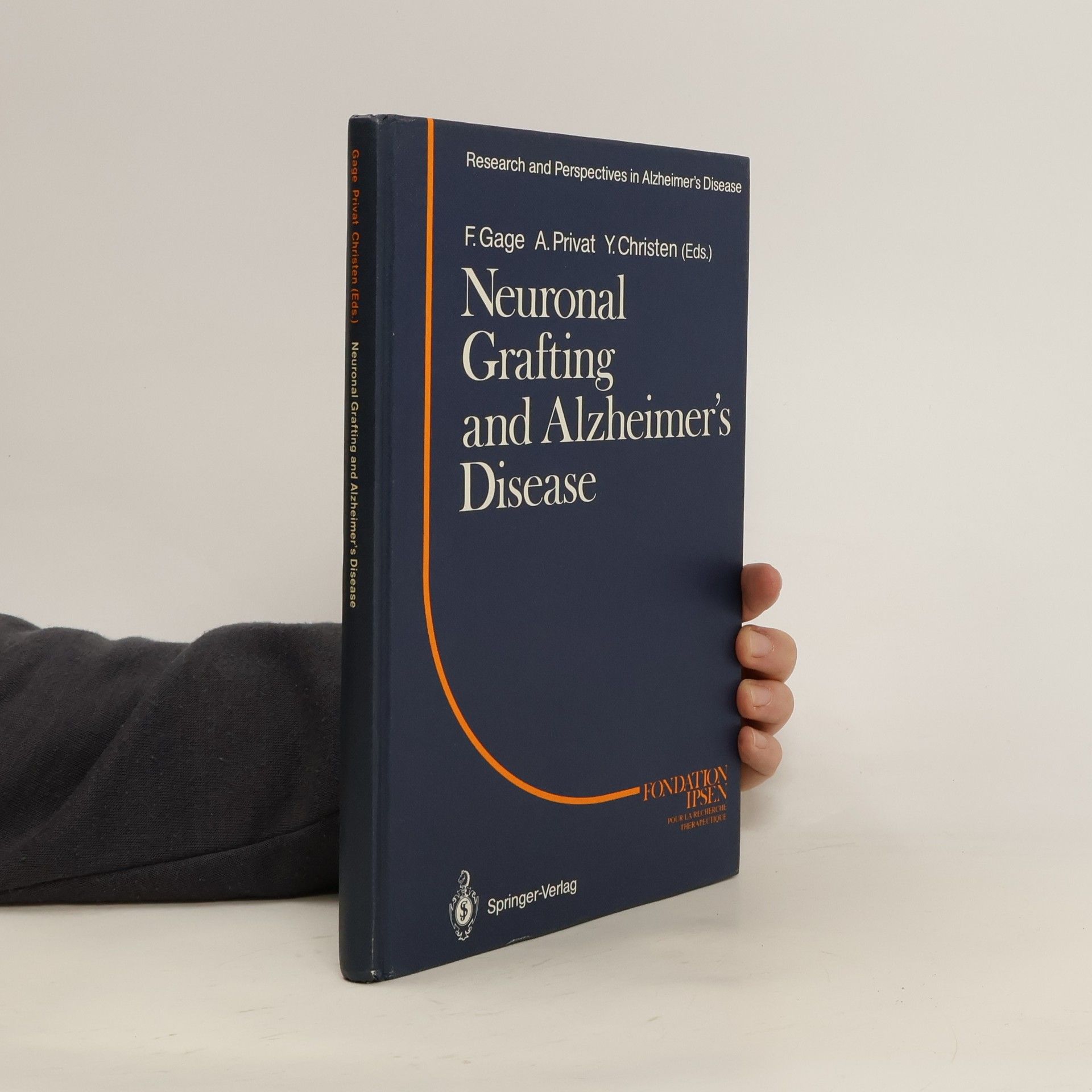Alzheimer's disease is one of the major scientific, medical and social challenges of our time. This book (the third volume of proceedings of the Colloques Médecine et Recherche of the Fondation Ipsen pour la Recherche Thérapeutique) is dedicated to neuronal grafting and Alzheimer's disease. The wealth of basic information presented testifies to the progress that has been achieved in intracerebral grafting and to the utility of intracerebral grafting as a tool for the understanding of brain development, adult neuronal plasticity and age-related pathology. An answer to the question, whether neuronal grafting will be useful as a therapy for Alzheimer's disease, must wait for a better understanding of the disease and the identification of animal models that can be used to test potential therapies. Meanwhile, the tool of intracerebral grafting may, in the future, be used to address the pathophysiology of Alzheimer's disease.
Fred Gage Knihy
